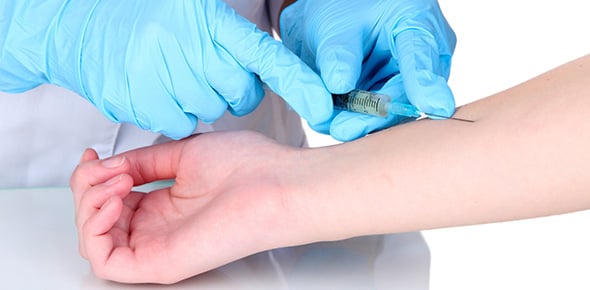Pulmonary Tuberculosis Stokke N180
- ICD-10-CM
- DSM-5
2.
You may optionally provide this to label your report, leaderboard, or certificate.
Submit
Submit
Submit
Submit
Submit
Submit
Submit
×
Thank you for your feedback!
















